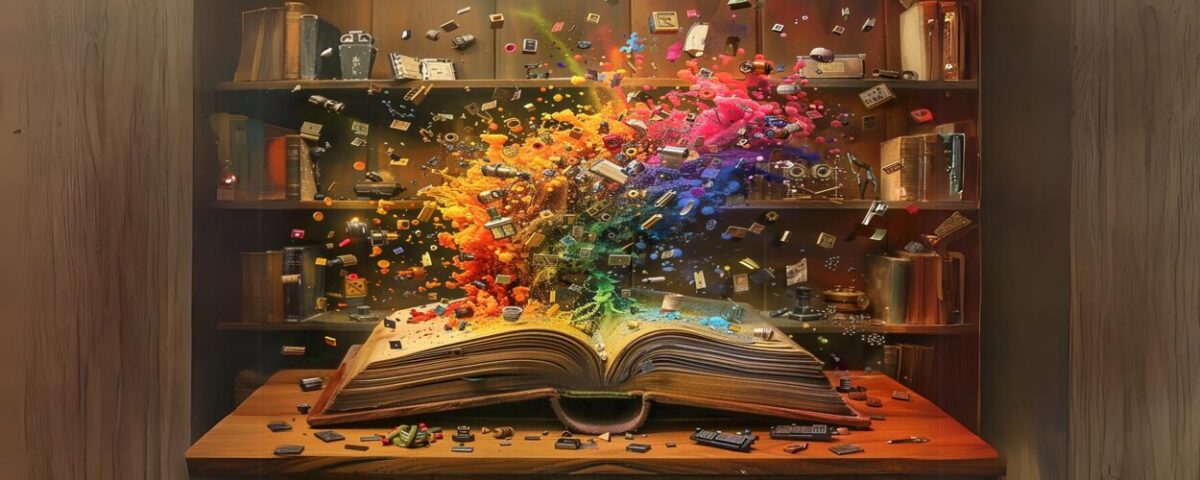Museums in the Metaverse: can it Boost or Burst the Visitor Experience?

Visual generated with Dall-E
IN CONVERSATION WITH DR. PAULINE MACKAY, UNIVERSITY OF GLASGOW, SPEAKER AT CITYDNA INTERNATIONAL CONFERENCE IN BOLOGNA: ‘REALITY CHECK! ON FACT AND FICTION IN URBAN TOURISM’ AND PROFESSOR NEIL MCDONNELL.
Written in collaboration between City Destinations Alliance and Group NAO.


Today, an astonishing 90% of museum collections are hidden away in storage. Showcasing artifacts in digital worlds offers an opportunity to bring rarely seen items to life and engage global audiences. So, should every museum jump into the metaverse? Who should control the curation of virtual museum collections? How can destinations be a part of it? While for some these immersive experiences may compromise on the authenticity of seeing artifacts “in person,” perhaps that isn’t the point. Instead, it centres around using technology to re-think heritage collaboratively and democratically.
We sat down with Dr. Pauline Mackay and Professor Neil McDonnell to hear more about a project led by University of Glasgow, Museums in the Metaverse, and understand what heritage looks like in digital worlds.
Firstly, what is museums in the metaverse? Is it as strange as it sounds?
Pauline: Museums in the Metaverse (MIM) is funded by Innovate UK and it’s building a two-sided virtual reality platform for cultural heritage that will enable the culture and heritage sector to fully harness the potential of extended reality (XR). This means that one side of the platform is for visitors to gain access to a rich array of museums, sites, objects, and novel and dynamic experiences. And the other is for virtual curators to build enriching and entertaining storytelling, using objects and virtual environments that may have never been placed together in the real world.
What is the ultimate goal for Museums in the Metaverse?
Pauline: I would love MIM to eventually hold vast swathes of the world’s heritage collections and for all sorts of interesting narratives to emerge as people learn and engage creatively with collections. I hope it will enable access by people all over the world, including those who might not normally be able to visit museums in person.
Neil: I agree; it is a fundamental public principle that museum collections should be democratically accessible to all. Recognising the significant geographical barriers, technology, particularly XR technology, is useful here. But it’s really important MIM does the right thing, and the right people are in control of it. I think this technology is irresistible for this sector. We’ve developed a mechanism that would be good, genuinely good, for all parties. Pure commerce won’t come up with a solution that’s good for all parties, it will come up with exploitative ones.
A key reflection point of the conference was authentic versus artificial. Do you believe that Museums in the Metaverse can offer an authentic cultural experience?
Pauline: I think that MIM can absolutely give people a valuable experience of cultural heritage. I also think it will give people a different type of experience. If you go to a museum and see the physical relics, they are often very carefully and expertly placed by the curators, though sometimes it’s not possible to see them without barriers, from every possible angle, make them absolutely huge and get a close look at the excruciatingly tiny detail. All of that is possible with XR. So, it’s a different type of experience where you learn different things and, in some cases, have an improved perspective of heritage assets.
Do you believe every museum should be in the metaverse?
Pauline: At the CityDNA conference, somebody asked me if there is any point in keeping these collections if we will have brilliant 3D models in the metaverse? And of course there is, because this is a different experience of heritage. It doesn’t replace the physical experience, but there is research that suggests positive digital experiences of collections are more likely to drive footfall to a museum.
Neil: There are also climate-based imperatives for people to travel less that we need to acknowledge. But I think going forward, collections should be digitised because it’s an excellent conservation, democratisation and research tool. That’s different from saying they should be made available on the platform that we are building, which is where you let the public go and build their own with it. For example, extra sensitive relics or human anatomy pieces perhaps shouldn’t be opened up to public interference. It will be up to each cultural heritage organisation to determine whether a certain object of theirs should or shouldn’t be made available on such a democratised platform.
How would you like to work with tourism professionals? What kind of collaboration would you like to see?
Neil: Our platform offers them another marketing tool and revenue stream to the local economy. It can help build and expand the visitor experience when people do eventually get there. When there is a trend of footfall going down, you probably need the value of experience to go up. From a Glasgow perspective, but applicable elsewhere, imagine creating a dual tourism museum for Lisbon. Instead of just showcasing Lisbon’s attractions, include collections that highlight connections between Lisbon and the target audience’s home location – Glasgow, in this example. This approach can be micro-targeted, creating a virtual museum that intimately illustrates the historical impact and connections between the host and visitor.
If a primary goal of MIM is to democratise museum collections, how does MIM handle repatriation of museum items? Are there steps being taken to return artifacts and collaborate on repatriation efforts?
Neil: The natural sense of “we should give items back” needs to be carefully thought about, as it can sometimes create a significant burden for the recipient who may lack the space and resources to properly manage them – these are the words of the people we have spoken to, not mine. In our experience, for some there is an intent for their objects to be digitalised and for others, this is not what they want at all. Digital capture may well be an anathema or offensive to some. I believe a way forward is to generate a fund, which covers the costs of objects being repatriated and brings together both the people who currently have the object and the people who want it back. This should not be a systematic and imposed process; you should let people self-select how they want their objects back.
On a personal level, neither of your backgrounds are in technology. What are your thoughts on the broader movement of integrating technology and immersive experiences into culture and literacy?
Pauline: At the conference I emphasised that I am a literary scholar at heart. When I presented MIM on screen I had curated that Robert Burns VR experience and put it together as easily as I would a PowerPoint. As a literary scholar very inspired by Burns, I enjoy that the field opens doors to interdisciplinary research and such different audiences. I get really excited by innovative spaces and all the possibilities that technology brings about. I also think it’s our responsibility to preserve cultural heritage and to use all the tools at our disposal to evolve story-telling over time. Burns has an unbelievable cultural afterlife! I think about the fact that my job, as a 21st century Burns expert, is to embrace 21st century technology and make sure that in 100 years’ time, people are still talking about Robert Burns and reading his literature.